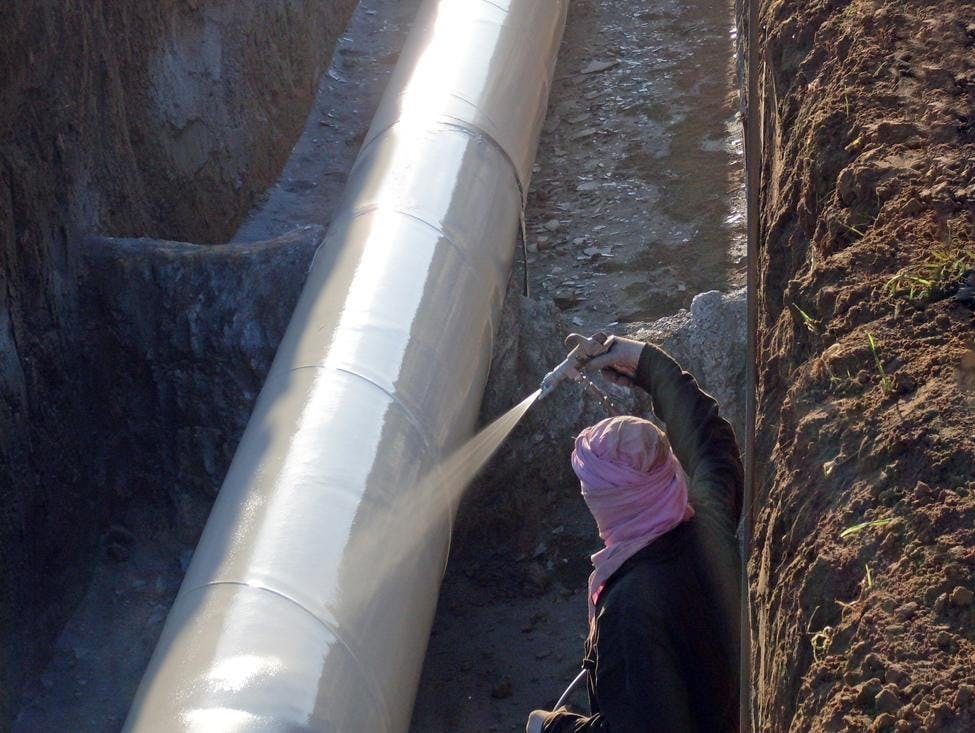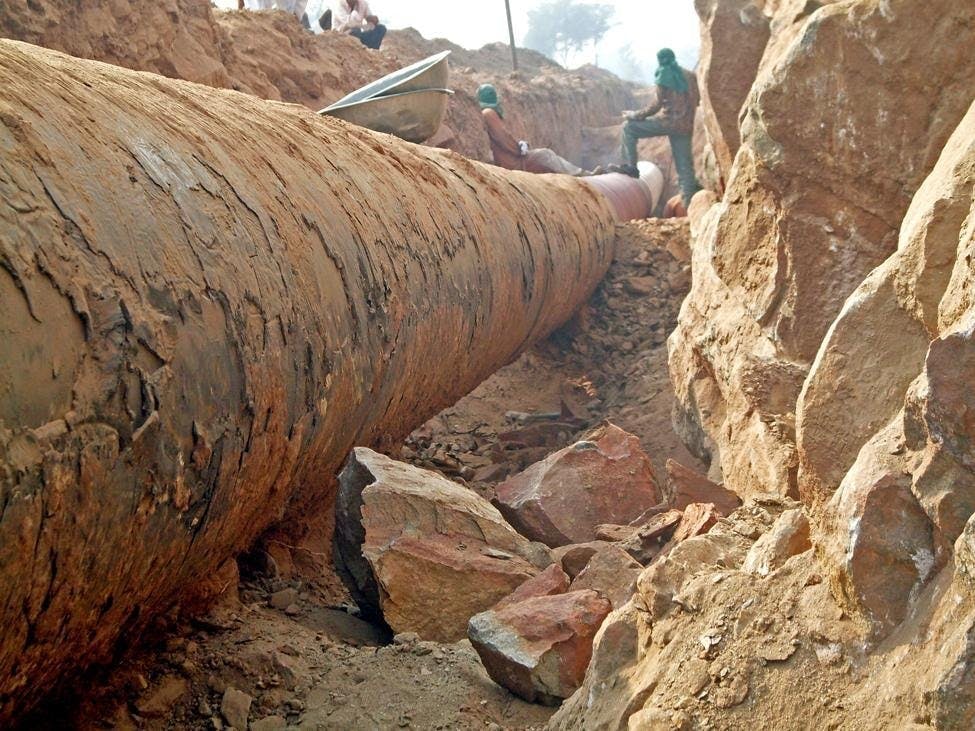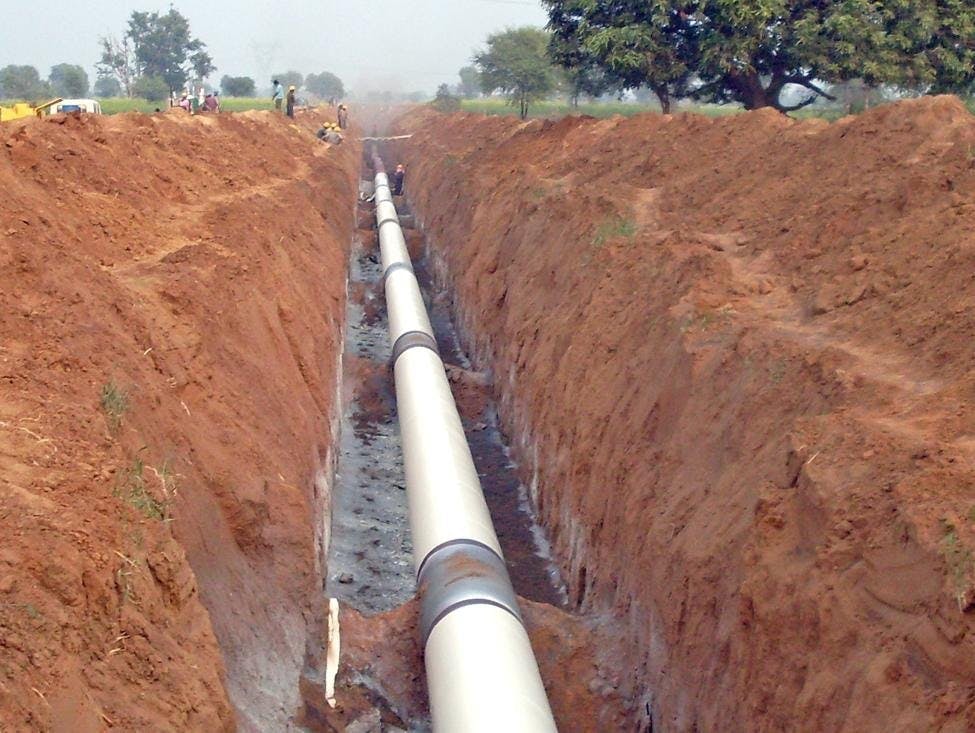
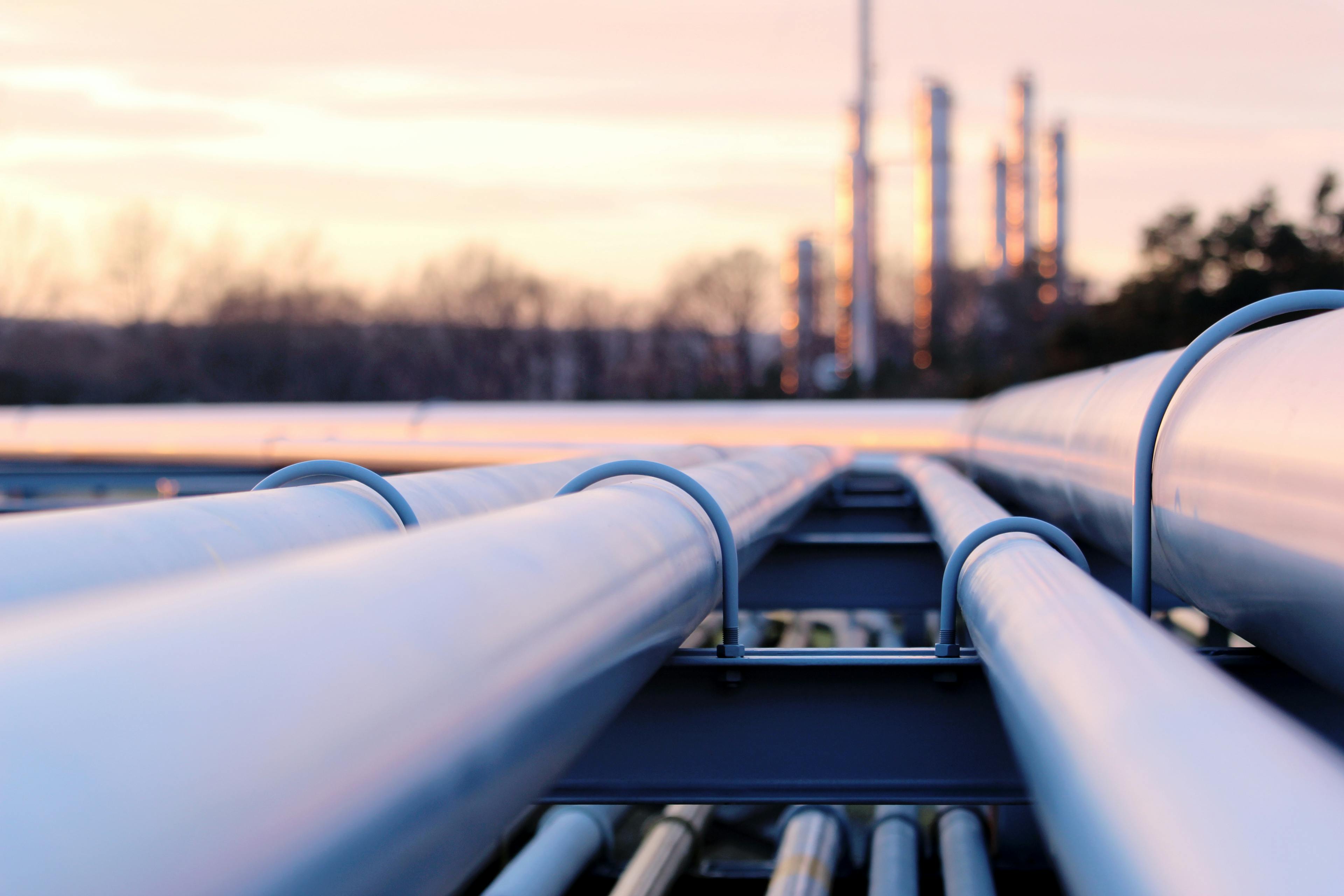
Oil & Gas
Pipelines – External
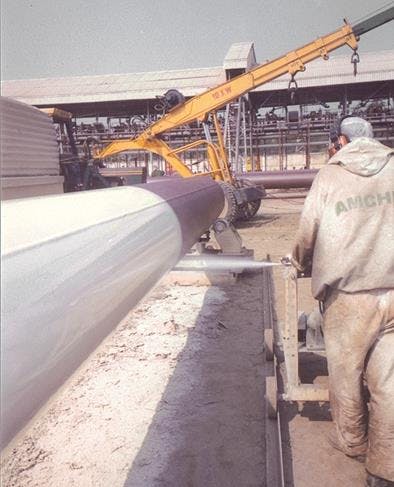
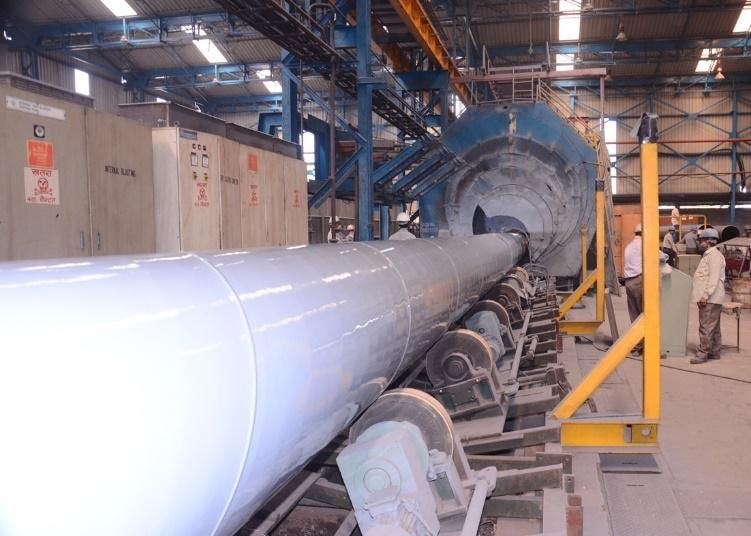
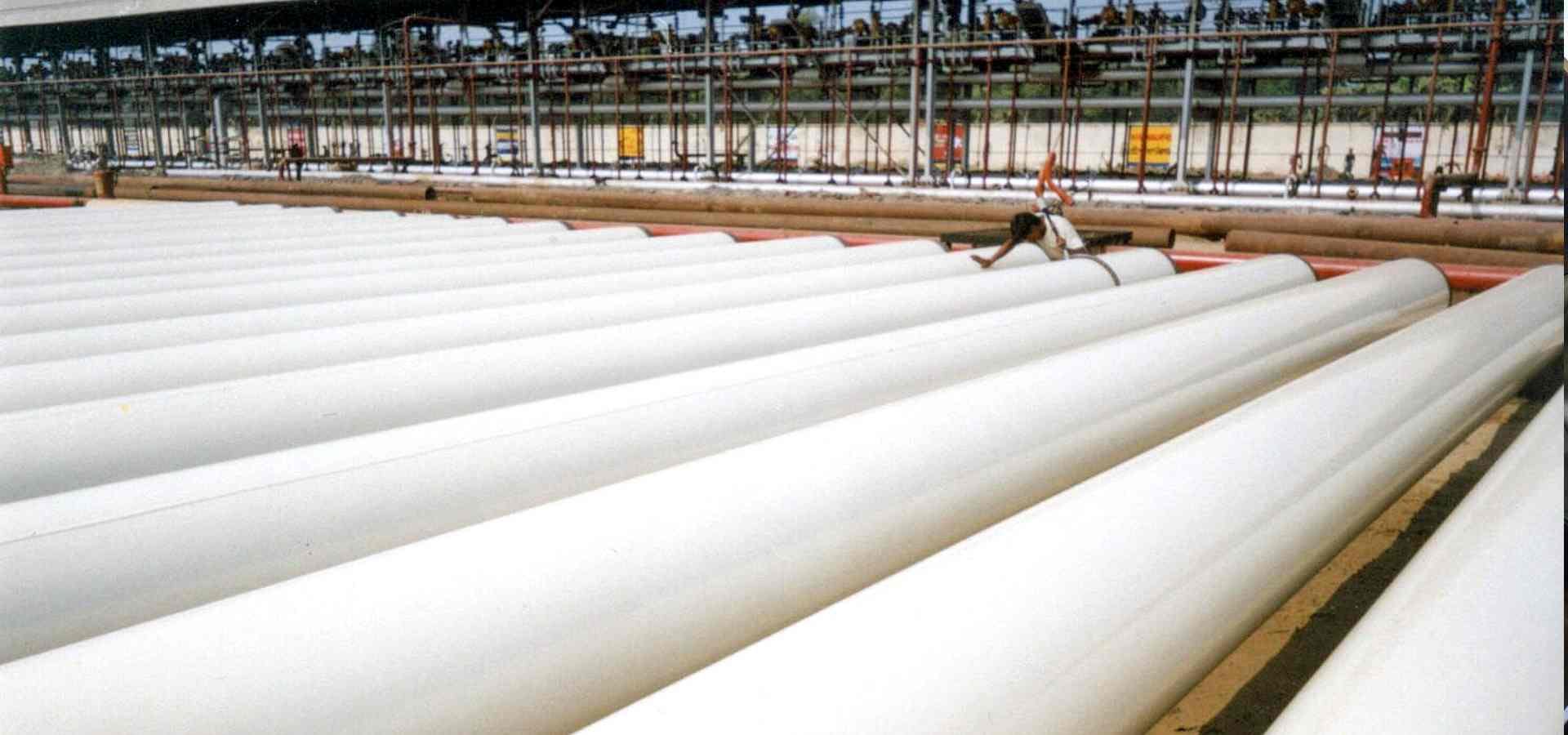
Properties of our Polyurethane coating – Purethane
Purethane’s high electrical resistance combined with low cathodic disbondment, high impact and abrasion resistance make it an excellent choice for pipeline external coating. This combination of electrical resistance and mechanical strength in a single monolithic layer makes it quite unique among all pipeline coatings. The variable chemistry of 100% Solids polyurethanes allows customised formulation of pipeline coatings with properties dependent on each and every end user’s particular requirements. These can range from instant set, direct-to-metal, hard, shop applied coatings (suitable for pipeline external surface combined with cathodic protection) to primed, slower set, site applied coatings with very high impact and abrasion properties for internal lining applications such as Seawater and Sewage Service. Purethane coating are spray applied, seamless monolithic coatings which cure rapidly even at low temperatures. No pre or post heating or after treatment is required.
Disadvantages of Polyethylene (3LPE) & Epoxy (FBE) coatings
Pipeline coatings like 3 layer Polyethylene (3LPE) rely on an inner Epoxy coating which provides corrosion protection/electrical resistance and an outer Polyethylene coating which provides mechanical protection to the brittle inner coating. A copolymer bonds the two layers together. The differing chemistry and inert nature of the Polyethylene makes the mutual bond uncertain. Many long term performance reports suggest disbonding in service. Fusion Bond Epoxy (FBE) on the other hand is very brittle and requires very careful handling during installation. Both coatings require elaborate production plants and processes.
How Purethane overcomes these issues
Purethane® coatings have excellent corrosion protection/electrical properties as well as outstanding mechanical toughness in a single monolithic coating. Field joints, which were a weak point in other coating systems, are a continuation of the pipe coating and thus have no discernable discontinuity between the morphology of the pipe coating and the joint coating. Amchem’s polyurethane coating – Purethane – meets the international standard RP 0169-94 defined by NACE International which summarizes the various properties desired for an external coating for buried service. We list the desired properties below:
- High Electrical Resistance
- Low Permeability
- Mechanical Properties – High Adhesion, Impact Resistance, Flexibility, & Elongation Withstand damage during transportation, handling, laying, bending, testing, backfilling, etc.
- Resistance to Cathodic Disbondment
- Physical Stability & Chemical Resistance – Resistance to Cold Flow, Soil & Thermal Stress, Cohesive Strength to Prevent Cracking Prevent deterioration throughout the entire design life
Exceeding International Standards
In addition to the above properties, Purethane coatings fully comply with the international standards listed below. We have included a link to the papers that describe these standards.
- DIN EN 10290:2004: “Steel tubes and fittings for onshore and offshore pipelines – External liquid applied polyurethane and polyurethane-modified coatings” by Deutsches Institut fur Normung
- ANSI / AWWA C-222-99: “Polyurethane coating for the interior & exterior of steel water pipe fittings” by American Water Works Association & American National Standards Institute
Pipeline Rehabilitation
Purethane coatings have all the attributes of a high performance shop coating, yet can be applied at site using Portable spray equipment. This makes them ideal for pipeline rehabilitation applications. Typical performance criteria for pipeline recoating materials are generally the same as those for new pipelines. The recoating materials should be able to afford high performance for the remaining usable lifetime of the pipeline. Based on the report“Coatings for repair and rehabilitation of the external coatings of buried steel pipelines” by NACE International, USA Technical Committee Report, Task Group T-10D-17/T-6A-63, dated July 1999, some additionals factors to consider during pipeline rehabilitation are given below.
- Cost of the coating material and the overall recoating project
- Recoat interval and/or time to backfill
- Daily production rates at which coating can be applied
- Chemical compatibility of the old coating and new coating at transition areas
- Resistance to soil stress
Considering all these factors, 100% Solids Polyurethane coatings are ideal for pipeline rehabilitation and thus have been the industry coating of choice worldwide for this particular application. In addition to providing the high performance of a new pipeline coating, Purethane can be applied at fast application rates using simple portable equipment and also cures rapidly for return to service. Line travel equipment is available for rehabilitating multi kilometres of pipeline in a day. As long term performance of hot & cold Applied Tapes leaves much to be desired due to a plethora of issues related to soil stress, temperature, handling, etc., Purethane remains a much better alternative for pipeline rehabilitation.
Mounded Bullets & Underground Steel Tanks
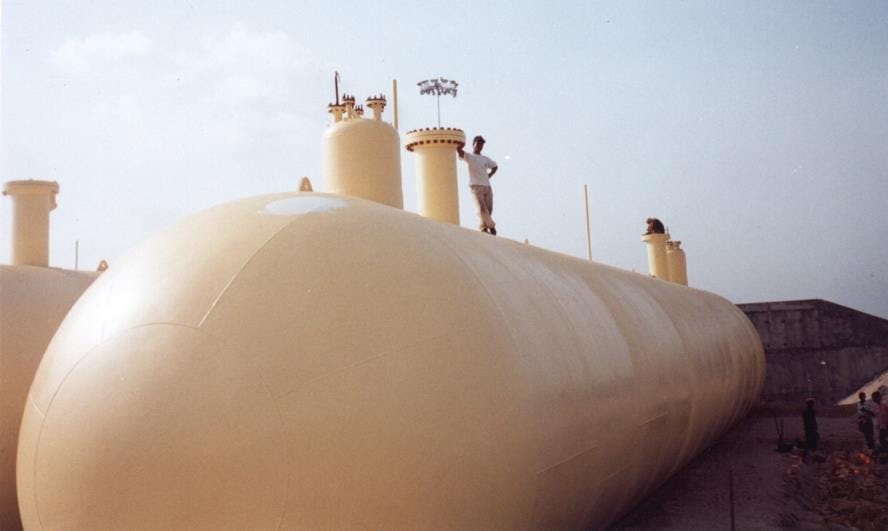
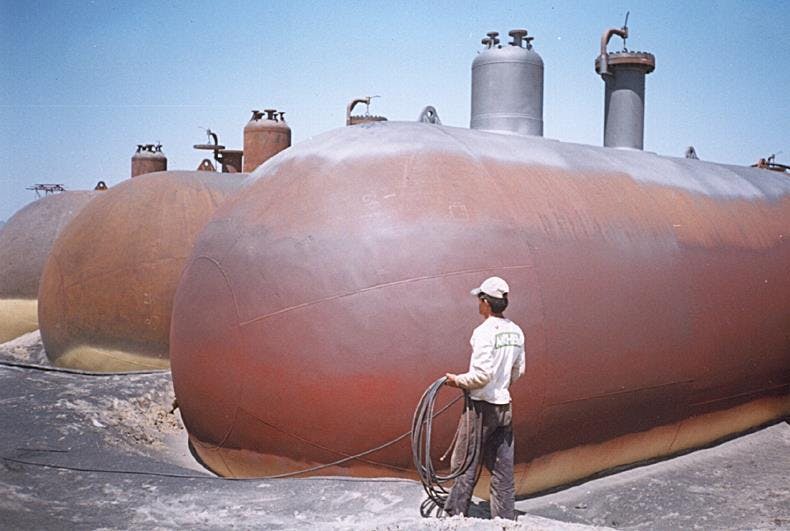
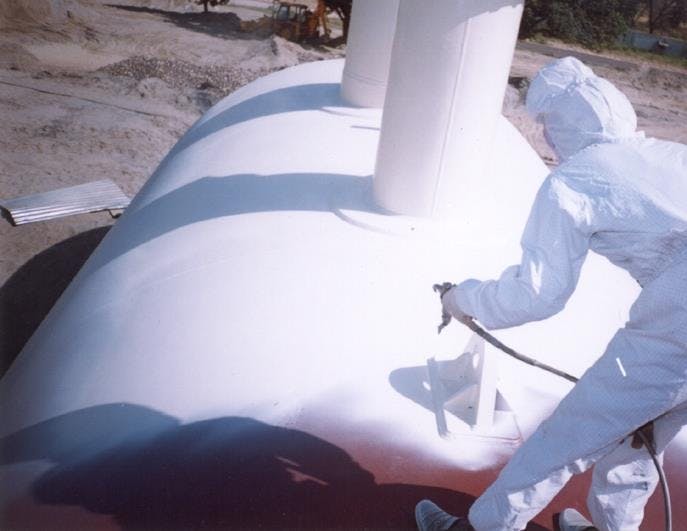
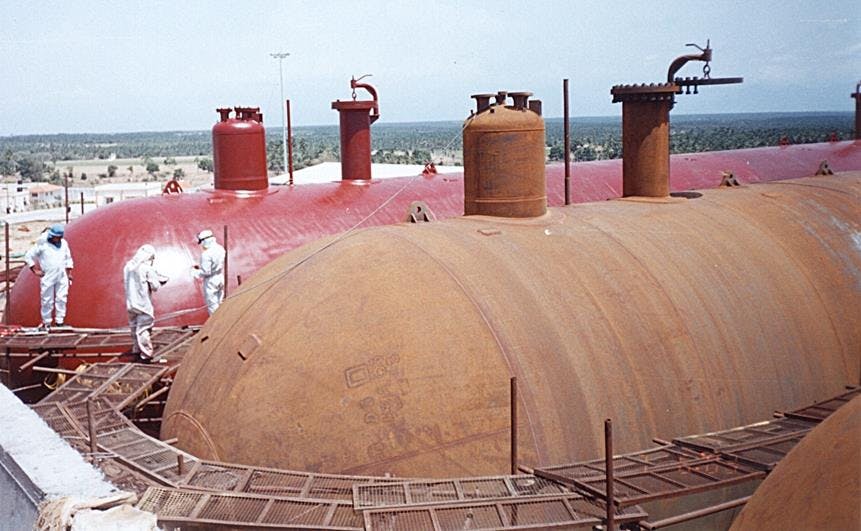
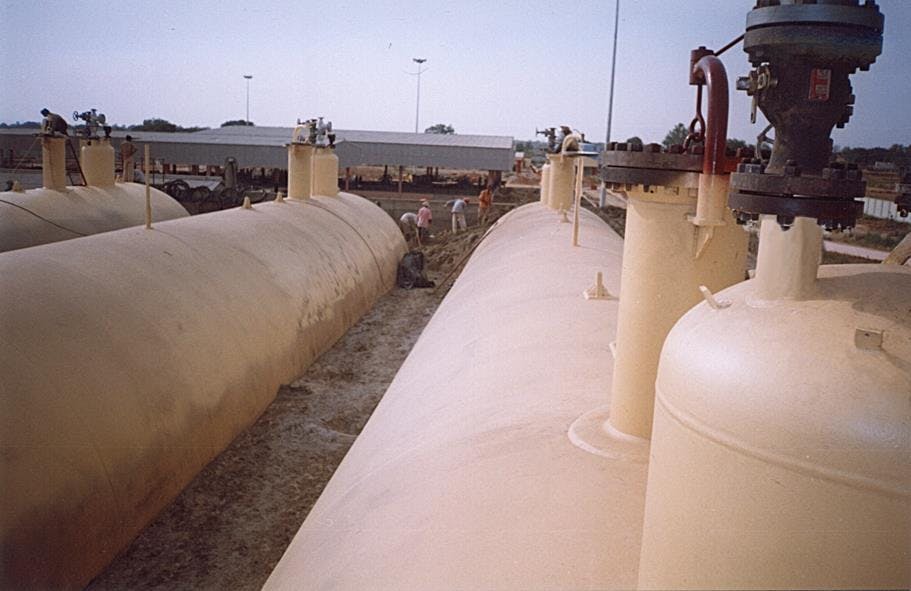
Purethane has been the industry standard for external coating of buried tanks such as Mounded LPG Bullets and buried fuel tanks. With all the protection properties of an outstanding pipeline coating, our coatings also have the ease of onsite spray application to large tanks. The criteria for selection of coatings for mounded bullets & buried tanks are essentially the same as for Pipeline coatings as described in NACE RP-0169 but with a special consideration that the coating should only be applied “on site” rather than in a coating plant. Purethane meets the selection criteria which includes the properties:
- Effective electrical insulator
- Effective moisture barrier
- Can be applied with minimum defects
- Good adhesion
- Ability to resist development of holidays with passage of time
- Ability to resist damage during handling, storage and installation
- Ability to maintain substantially constant electrical resistivity with passage of time
- Resistance to disbondment
- Resistance to chemical degradation
- Ease of repair
- Retention of physical properties
- Non-toxicity to the environment
In addition to meeting these criterion, Purethane are the industry standard for these applications. More than 500,000 Buried Fuel Tanks have been coated in North America under the STI-P3 programme with 100% Solids Polyurethane Coatings.
Underground Mounded LPG Storage Bullets
Till recent years, bulk storage of highly inflammable Liquefied Petroleum Gas (LPG) was being done in above ground storage tanks (Horton Spheres). However some major fire / explosions underlined the need to review the design, procedure, maintenance, fire fighting and safety aspects of LPG handling. A safer option was introduced in the form of Mounded LPG Storage Bullets since it provides intrinsically passive and safe environment and eliminates the possibility of BLEVE (Boiling Liquid Expanding Vapor Explosion). Mounded LPG Bullets are large, buried, horizontal cylindrical steel tanks with dished ends of size ranging between 3.5 to 7.0 meter diameter and lengths of 35 to 70 meters or more. Mounded bullets allow storage of large quantities of LPG – up to 2,000 MT or more in a single location!
The cover of the mound protects the vessel from fire engulfment, radiation from a fire in close proximity and acts of sabotage or vandalism. The area of land required to locate a mounded system is minimal compared to conventional storage. Corrosion protection of mounded LPG bullets is critical and the highest performing coatings combined with impressed current cathodic protection system are employed. Additionally safety standards require that the coating system must be “suitable for the design conditions” i.e. service temperature of –27 °C to +55 °C and for LPG and –43.5 °C to +55 °Cfor Propane. As per listed service temperature data, conventional coatings like Epoxy, Coal Tar Epoxy and 100% Tar Polyurethane (Pur-Tar) do not meet the requirements of design condition (low temperature). On the other hand, Purethane has been used widely for this use-case and has proven its safety and efficacy over the past two or so decades!
Tank Lining & Coating
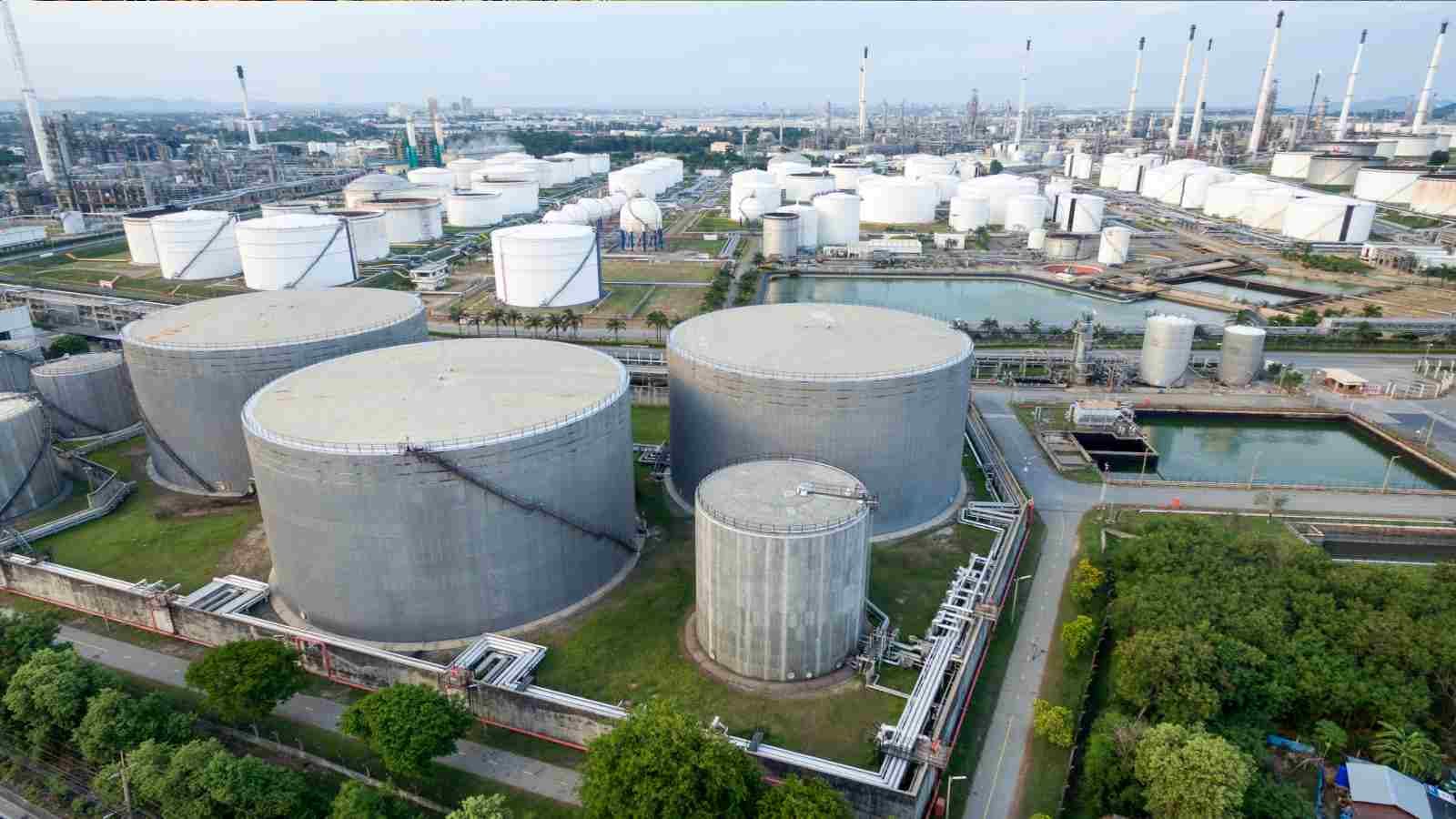
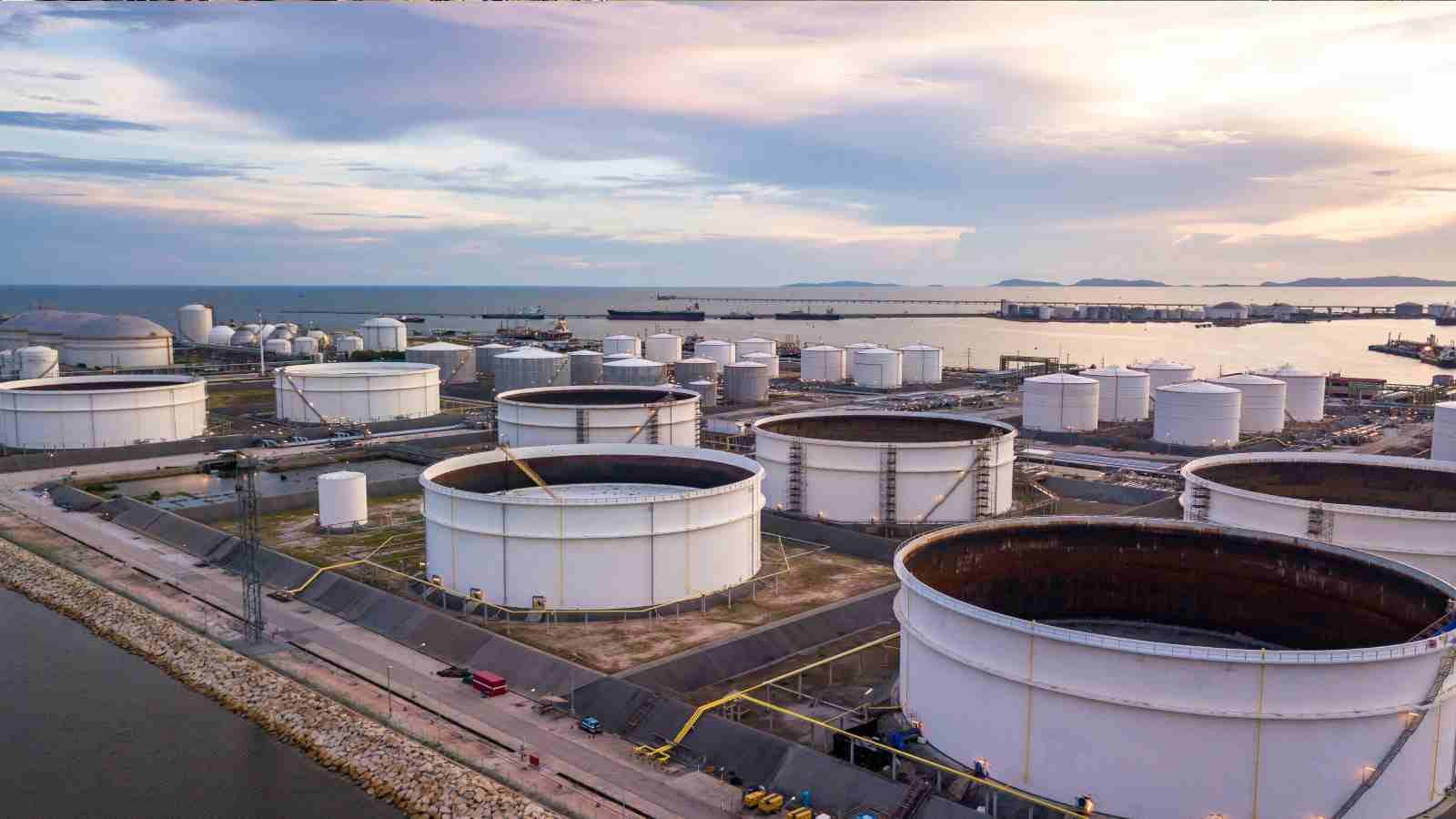
Purethane coatings are totally resistant to oil and gas and many chemicals. Impressive results have been obtained using as an internal liner for bolted and welded steel wastewater tanks. Their elasticity and flexibility is specially recommended for concrete tanks and secondary containment where cyclic thermal expansion and contraction present severe problems for rigid coatings. Purethane coatings are proven effective as floating top protection and anti skid surface for tank roofs. They are used frequently for the lining of acidic and caustic mud tanks, onshore and offshore.
Purethane coatings have numerous applications for refinery complexes and liquid waste treatment facilities. When used as an external coating, they often eliminate the need for exotic metal construction. Purethane is ideal for lining large diameter Crude Oil Storage tanks and can be applied in a single monolithic, fast setting coating to any desired thickness. Conventionally 100% Solids Epoxies were used for this application, however Epoxies are slow curing, have amine blush, and are associated with intercoat delamination problems.
